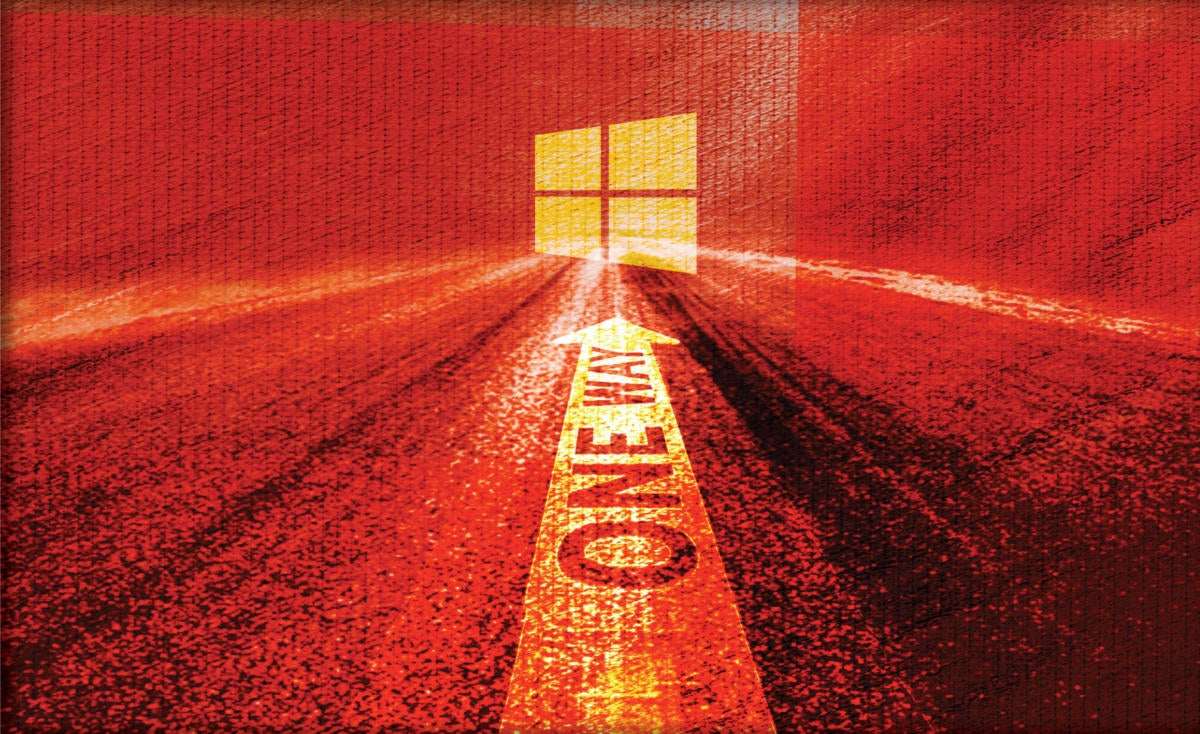It’s full speed ahead for Microsoft’s Universal Windows Platform, regardless of previous skepticism from developers.
The company this week is using Build, its main developer conference, to evangelize UWP for multi-form-factor apps, emphasizing growing developer acceptance and efforts to move existing desktop apps to the paradigm. Featured in Windows 10, UWP is intended to enable development of apps across PCs, tablets, phones, and other devices using one API and one app package.
Microsoft on Wednesday also revealed that UWP would provide full access to proactive intelligence for the Cortana personal digital assistant platform. As previously announced, UWP apps will also run on Xbox and HoloLens, although in the latter case development of true virtual reality apps requires a more complicated toolchain.
UWP has come under under criticism, with Epic Games CEO Tim Sweeney calling it a closed platform and an apparent attempt to lock down the consumer PC ecosystem. Its backward compatibility also has come into question.
Microsoft, however, is pushing developer to UWP with all its might. “Universal Windows Platform brings together all of that Windows history as well as everything that today’s users expect from a modern app platform,” such as seamless install, uninstall, and update capabilities, said Microsoft’s Terry Myerson, executive vice president of the Windows and Devices Group, during a presentation Wednesday at the San Francisco conference.
Myerson stressed momentum for UWP, saying it was experiencing a 60 percent growth rate in the number of new developers adopting it during the past few months. Companies such as Bank of America, Disney, Twitter, and Starbucks back UWP; Facebook plans support as well, Myerson said.
Indeed, attendees at Build showed considerable interest, with a room seating roughly 1,100 persons mostly filled for a session on the UWP App Model. During the session, Andrew Clinick, group program manager for Microsoft, cited appx as the common installation package for UWP apps. He also noted Project Centennial, for converting Windows apps leveraging Win32 and .Net to UWP for distribution in Windows Store. Microsoft on Wednesday also detailed Desktop App Converter, a tool that takes an existing desktop application or games and converts it into a Centennial-compliant app.
Project Centennial, though, remains a work in progress. “Project Centennial, the desktop bridge, is not entirely finished,” Clinick said. “We want you to iterate with us. We really want your feedback and I encourage you to be as brutally honest as you can be.” Also, Microsoft’s Visual Studio “15” Preview, unveiled Wednesday, features a XAML edit-and-continue capability for Universal Windows apps and Windows Presentation Foundation.
A supervisor of developers expressed interest in Microsoft’s single-code base strategy. “From the development point of view, there is a clear advantage for Microsoft to have the same code base running on different targets,” said Pierre Martin-Dumont, a former developer himself, at Cooper Power Systems by Eaton. “We have been doing the same for years, by having the same application-level software running on different hardware and different version of WinCE, with a lot of success.”
Clinick also discussed Project Rome, an internal Microsoft connectivity project intended to help engage users across devices. “It’s about connecting applications between devices,” he said. “If you want to call an application between a PC and a phone, you can go ahead and do that, assuming, obviously, the user gets consent." The first iteration of Project Rome is shipping in the Anniversary update to Windows 10, due this summer.
Clearly, Microsoft is dangling exciting new capabilities in front of developers to entice them to UWP -- providing the means to convert old Win32 applications as well. Whether that will be enough to stir developer enthusiasm remains to be seen, but Microsoft has left no question about where it intends to go.






